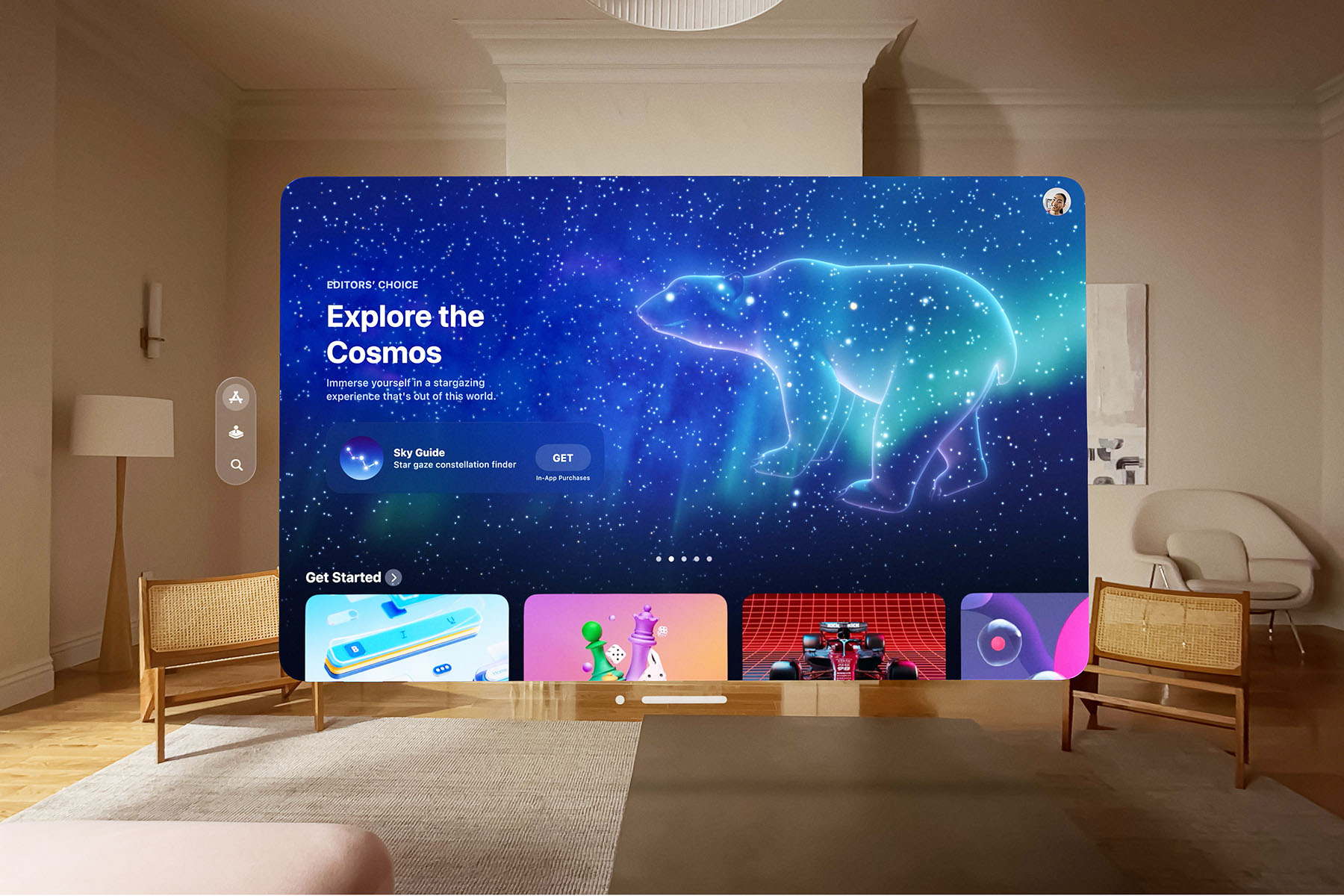For the metaverse to become a reality and enter the mainstream, it will require more consumer-friendly technology that is widely embraced and makes it easy to enter and interact with the virtual word. Both companies big and small are working on devices to help make that happen.
Apple: A Spatial Exploration
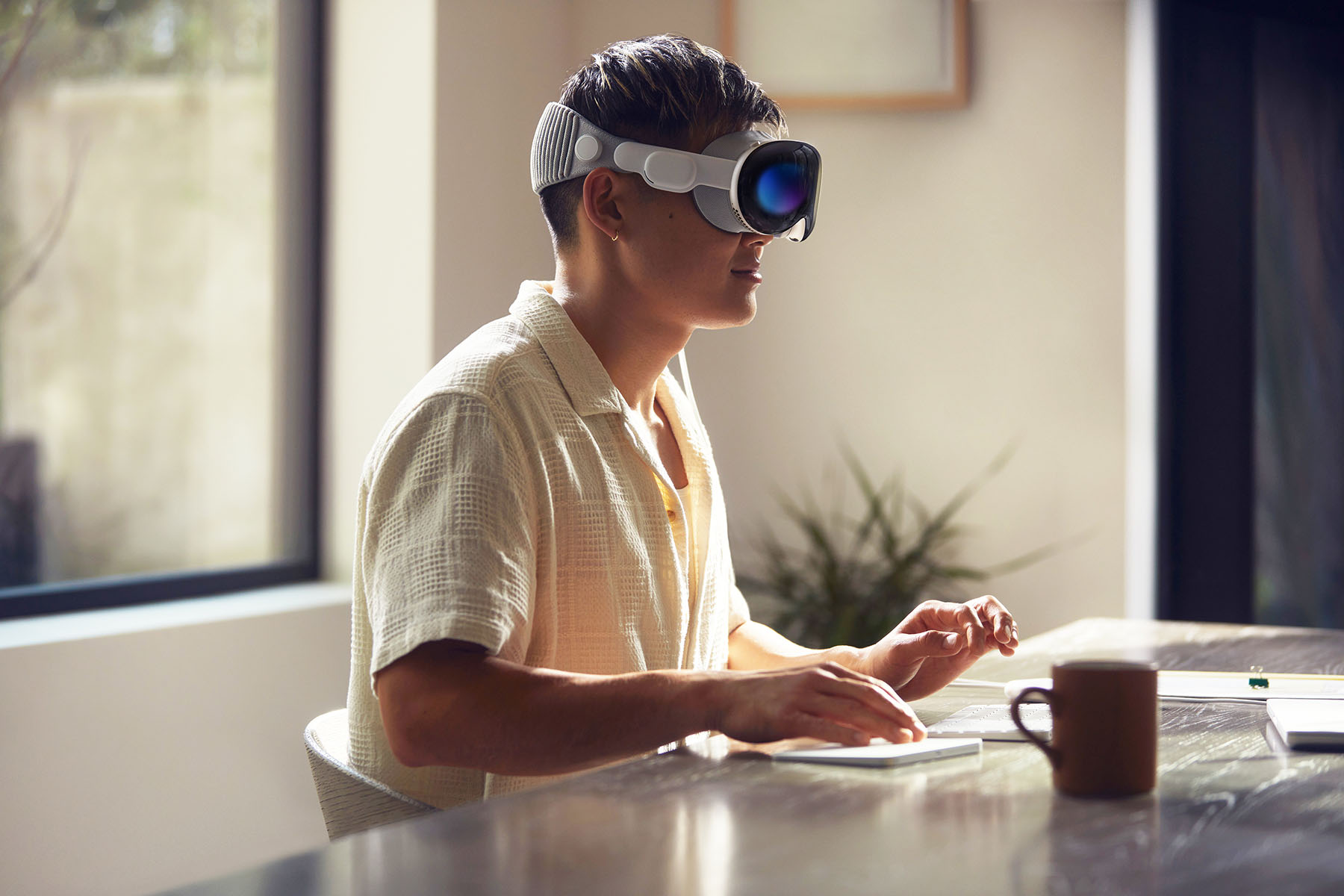 Apple is not calling its Vision Pro ($3,499) a virtual, augmented, or mixed reality headset but a spatial computer. With the visionOS spatial operating system, users can interact with digital content in the physical world, including the ability to view apps side-by-side at any scale, watch movies on their own personal screen that feels 100 feet wide, capture and view videos of their own making, take FaceTime calls, play games, and more. The displays are controlled via a user’s eyes, hands, and voice—and they can turn a dial to control how immersed or present they are in what Apple deems virtual “Environments.”
Apple is not calling its Vision Pro ($3,499) a virtual, augmented, or mixed reality headset but a spatial computer. With the visionOS spatial operating system, users can interact with digital content in the physical world, including the ability to view apps side-by-side at any scale, watch movies on their own personal screen that feels 100 feet wide, capture and view videos of their own making, take FaceTime calls, play games, and more. The displays are controlled via a user’s eyes, hands, and voice—and they can turn a dial to control how immersed or present they are in what Apple deems virtual “Environments.”
Meta: Mixing It Up
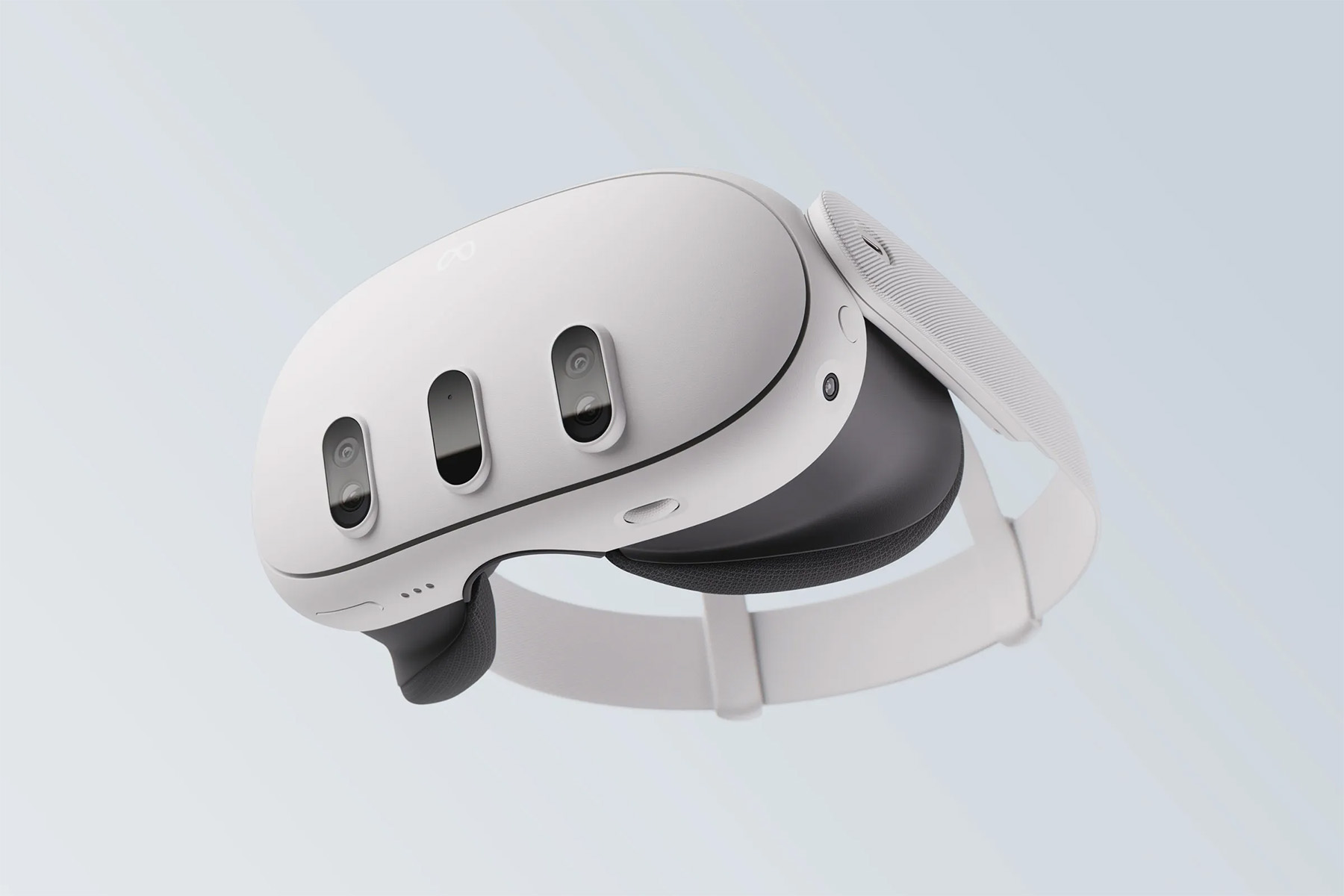 Meta’s latest addition to its Quest line of headsets aims to make mixed reality a mass-market reality. The Meta Quest 3 ($499.99 to $649.99) lets users seamlessly transition between overlaying virtual elements onto your physical space and fully immersing yourself in a virtual world by double-tapping the side of the headset. The Quest 3 has a 40% slimmer optic profile than its predecessor which makes for a more comfortable fit—plus it offers a nearly 30% leap in resolution, over 10 times more pixels, and double the graphic processing power.
Meta’s latest addition to its Quest line of headsets aims to make mixed reality a mass-market reality. The Meta Quest 3 ($499.99 to $649.99) lets users seamlessly transition between overlaying virtual elements onto your physical space and fully immersing yourself in a virtual world by double-tapping the side of the headset. The Quest 3 has a 40% slimmer optic profile than its predecessor which makes for a more comfortable fit—plus it offers a nearly 30% leap in resolution, over 10 times more pixels, and double the graphic processing power.
Bigscreen: Custom Built to Your Face
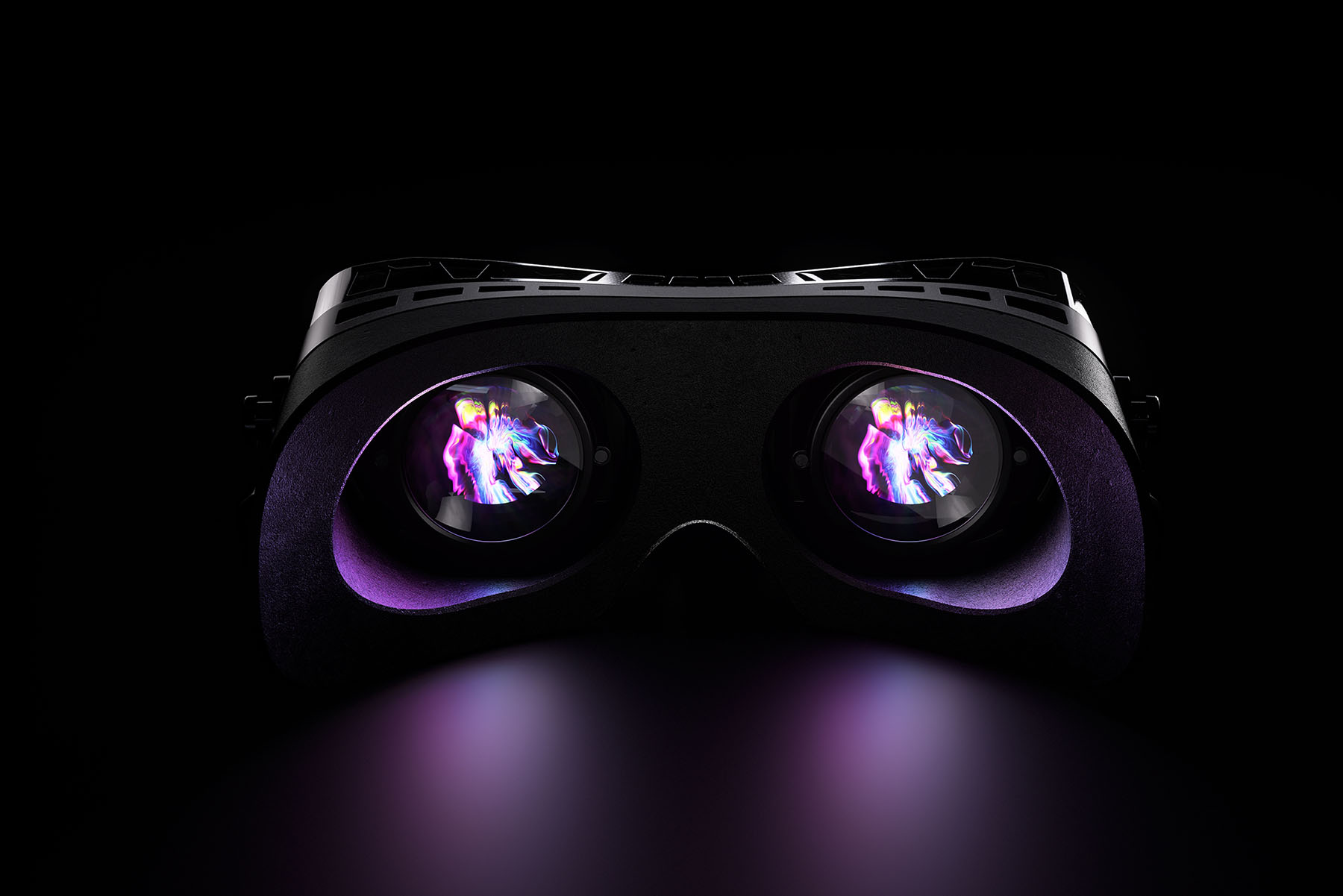 The Bigscreen Beyond ($999) claims it’s the world’s smallest VR headset in part because the device is built to fit your particular face. After you pre-order the device, you can use the company’s app—on an iPhone XR or newer—to perform the 5-minute 3D face-scanning process during which the distance between your eyes and the contours of your face are measured to determine which of the device’s 18 sizes will best fit you. And if you wear glasses, you can even order the headset with prescription lens inserts built in.
The Bigscreen Beyond ($999) claims it’s the world’s smallest VR headset in part because the device is built to fit your particular face. After you pre-order the device, you can use the company’s app—on an iPhone XR or newer—to perform the 5-minute 3D face-scanning process during which the distance between your eyes and the contours of your face are measured to determine which of the device’s 18 sizes will best fit you. And if you wear glasses, you can even order the headset with prescription lens inserts built in.
HTC: Convert to Fit Your Needs
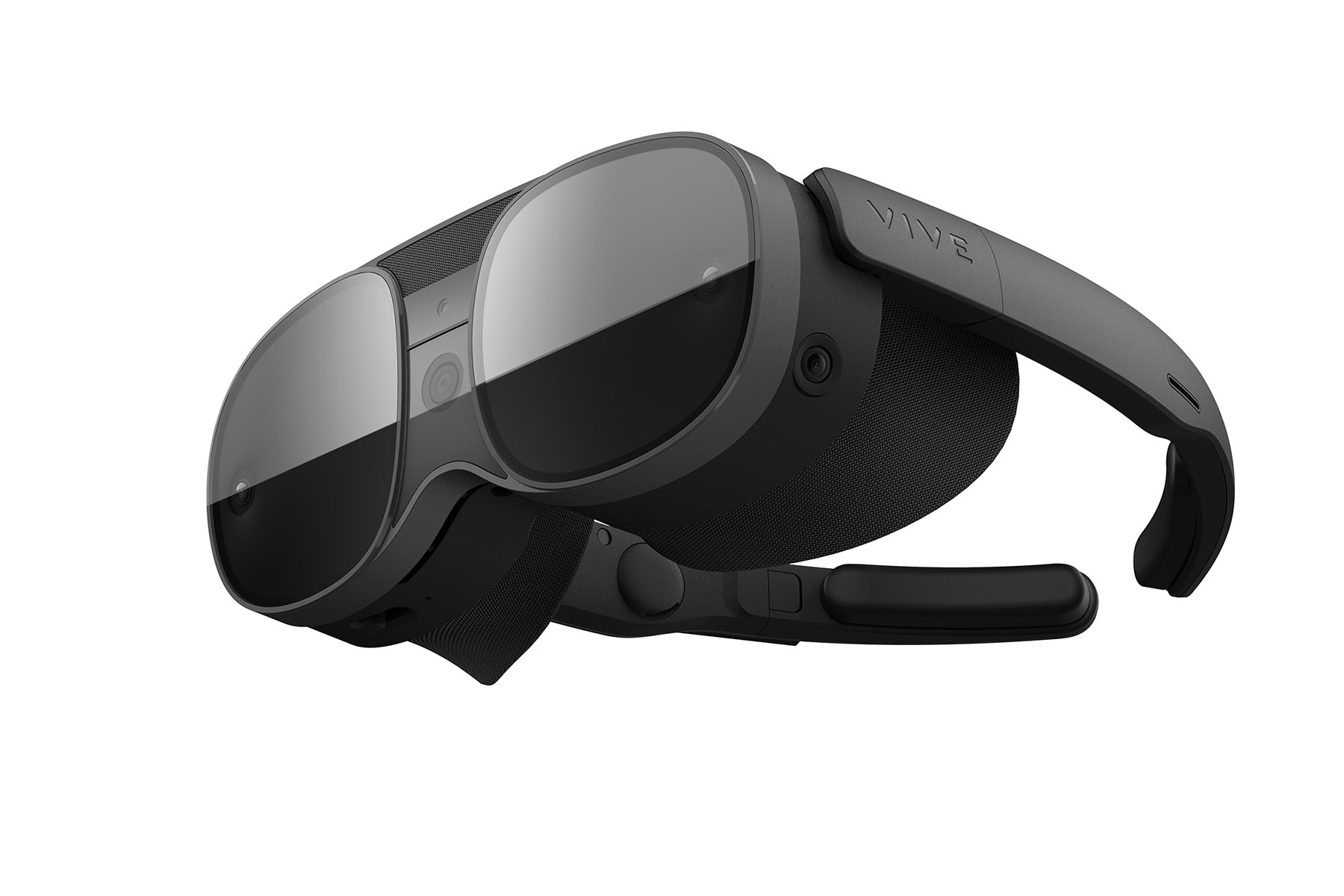 The HTC VIVE XR Elite ($1,099) is an all-in-one set capable of either mixed or virtual reality with a modular design that can transform the headset into a glasses form factor. You can either hook the device up to your PC—or stream over WiFi—to access PCVR content or detach the battery and connect the temple pads to wear them like glasses for mixed reality content like watching Netflix and Disney+ on your personal 300-inch screen. The device also has skeletal-level hand tracking, which enables intuitive interactions using just your hands as well as physical controllers that can track finger movement.
The HTC VIVE XR Elite ($1,099) is an all-in-one set capable of either mixed or virtual reality with a modular design that can transform the headset into a glasses form factor. You can either hook the device up to your PC—or stream over WiFi—to access PCVR content or detach the battery and connect the temple pads to wear them like glasses for mixed reality content like watching Netflix and Disney+ on your personal 300-inch screen. The device also has skeletal-level hand tracking, which enables intuitive interactions using just your hands as well as physical controllers that can track finger movement.
OVR Technology: Smell the Immersion
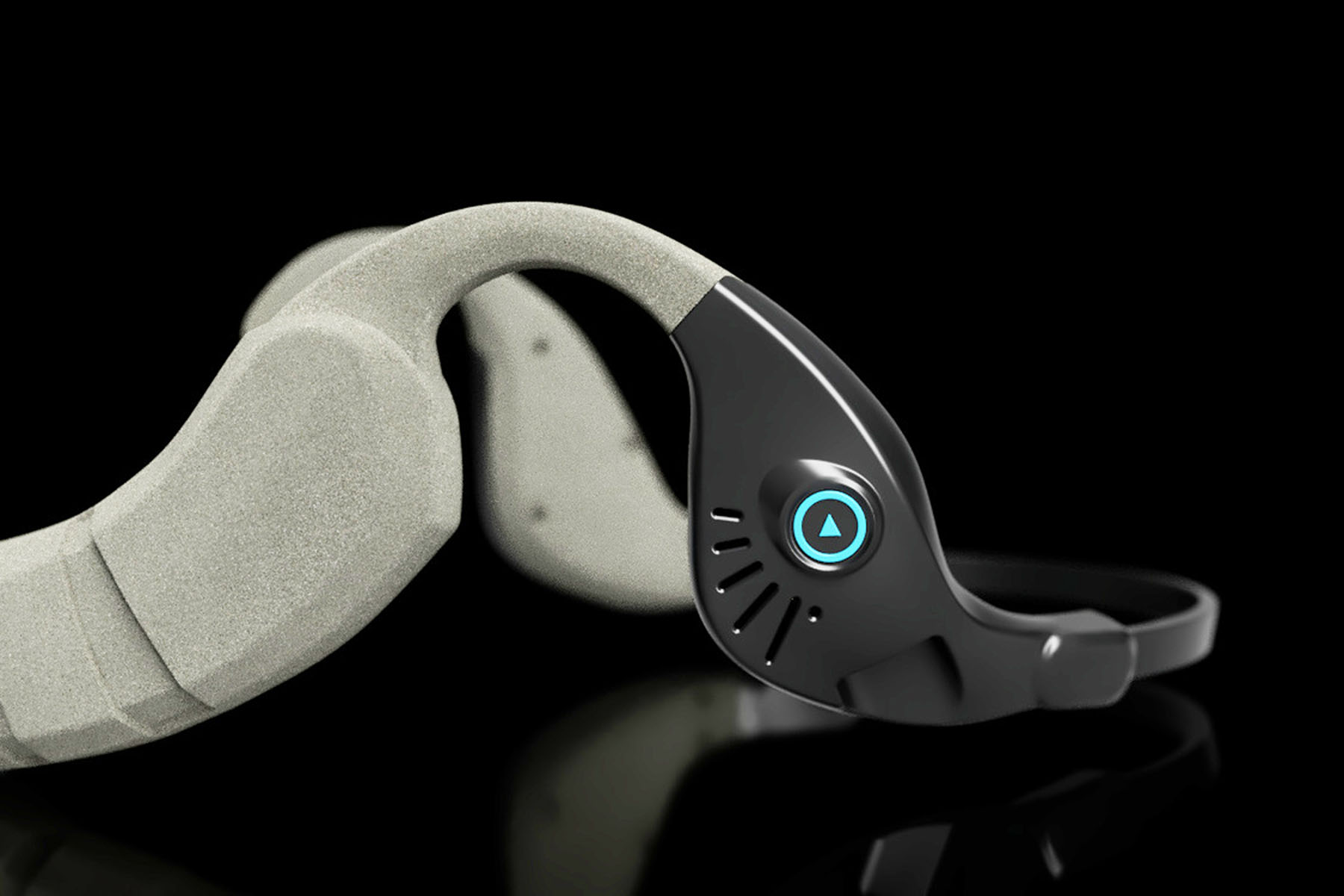 Companies aren’t only concentrating on how you can visually enter these virtual worlds, but how to fully immerse you with smells too. OVR Technology is developing the ION3, a wearable scent technology in which cartridges capable of producing thousands of unique aromas can be inserted. Plus, users can also download the OVR Scent Studio to create their own digital aroma from scratch, which can be shared with others and combined with other media such as audio and video to create a unique experience.
Companies aren’t only concentrating on how you can visually enter these virtual worlds, but how to fully immerse you with smells too. OVR Technology is developing the ION3, a wearable scent technology in which cartridges capable of producing thousands of unique aromas can be inserted. Plus, users can also download the OVR Scent Studio to create their own digital aroma from scratch, which can be shared with others and combined with other media such as audio and video to create a unique experience.


